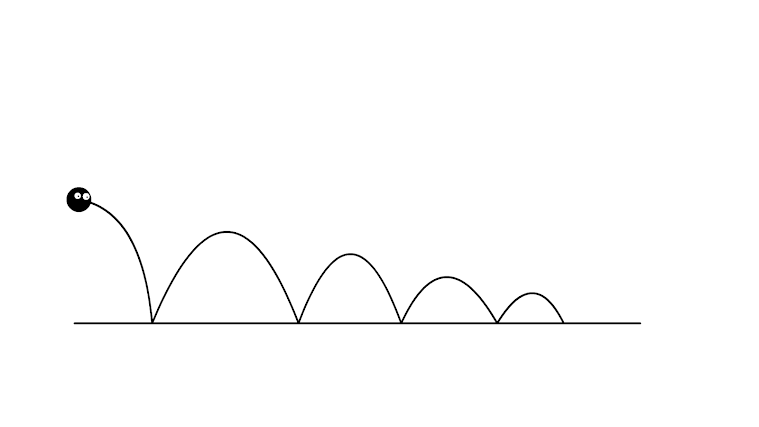Minor Project: Creating Cinematic Compositions For Production - Francesco Guarini
Tutorial Outline
Deconstruct
cinema image in order to identify what makes the shot so good.
Deconstruct
then analyse lighting form the shots
The video series goes through the process of creating own black and white keyframe shots.
Francesco Guarini - Works within the animation industry both freelance and inhouse for companies such as Blue Zoo Animation, Able And Baker, Red Star 3D and Method n Madness.
Video 1:
Theory and tools for cinematic composition
Breakdown
shots from film and animation in order to identify how to create a strong
composition shot.
What is composition?
Composition
is focus – directing the viewers eye to the main focus in a clean and appealing
way – while continuing to translate mood, emotion and story.
Step 1 – Select your focus point (and
supporting focus points) – Supporting focus points can be used within a large
scene, however Guarini advises no more than 3 supporting points in order to
prevent scene from becoming cluttered.
Step 2 –
Build your composition around focus by using composition techniques
Step 3 – Ensure
all information within the image is there to amplify the focus point and story.
Remember to
keep it simple and balanced
Rule of
thirds – the area the eye naturally moves to next after looking at the centre
of the screen.
The Golden Ratio - "Golden Ratio occurs when you take a line segment and divide it into two smaller segments of different lengths where the ratio of the whole line segment to the longer segment is equal to the ratio of the longer segment to the shorter segment." (Francesco Guarini)
I found this confusing to understand based on its description , however when shown examples understood its purpose. The Key point Guarini makes is that this does not have to line up perfectly in a shot, as seen from The Revenant (Right image), but just close enough so that you are seeing the 1 to 1.618 proportion.
Pyramid - To provide stability and focus, often used within a shot to convey power differences.
I want to look further into this type of shot as my story contains an imbalance of power between the two characters.
Symmetry - Order and repetition which brings balance and familiarity to an image. Symmetrical shots can portray a sense of unity and peace, this may reflect the feeling of a shot.
Diagonals - Means action, fear and uneasiness . The diagonals of a shot don't have to generate from the corners, as long as they are there the feeling will be translated to the audience.
Think about how to do this in an interesting way which fits the environment.
Negative space - Area around the focus point which does not stand out, causing the object as the focus to stand out more. Character does not have to be centred in the frame, however the negative space can be used to balance them out in a shot.
Light/Contrast - Contrast creates area of interest within an image.
Framing - Setting up the camera in a specific way to that it enhances the main focus of the shot. There is no other useful information available on the screen, forcing the viewer to look where you want them to.
All the needed information should be present on the screen
Blur (depth) - Used to create a clear focus point in the image. The focus between objects in the seen can be switched by using blur.
Balance is also an important part of composition. This is when an images, size, shape, colour, texture, tome and space, all work well together to create the image. This makes it easier for the viewer to digest an image. Balance is based off what the shot is trying to convey to the viewer. Some images may be more effective made unbalanced.
Video 2: Light As A Storyteller
Understanding the importance of light. Fundamental of composition.
- Quality (hard or soft)
- Intestate (how much light is present)
- Direction (Where the light is coming from)
- Colour
The video goes through a list of examples in which light is used in order to portray the emotion that the scene is trying to get across to the viewer. This shows the importance light has on how the audience perceives a scene.
I need to think about what emotions I'm trying to get across for my own animation. Once I understand this I will be able to pick the appropriate lighting for my shots.
Video 3: Sketching Your Ideas
This video covers how the
starts by going over the process discussed in the first video:
- Select a clear focus point for the image
- Go through the composition technique and select the best ones which help portray what your image is trying to say.
- Focus on objects within the image which will help to amplify the focus point.
It was really useful seeing all of the process previously discussed put into practise. This workflow makes so much more sense than the way I have been working up until this point as it provides reason as to why your doing what your doing within the shot.
The next set of tutorials dives into using 3D to make a base for the final images, and then the process of drawing the final images. I want to refer back to these tutorials once I have got to that point.

















Comments
Post a Comment